Get the Upholstery Work You Expect: 10 Details to Discuss
http://decor-ideas.org 09/02/2013 06:50 Decor Ideas
Despite my 20-plus years in the upholstery business, there were times I bit the bullet and hired upholsterers for my own furniture. And more than once, I was in total shock when my furniture came back to me with style changes that I had not requested. Those upholstery flaws still stick out like sore thumbs and really irritate me. Upholstery labor and fabric are expensive; you don’t want to lament mistakes that could have easily been prevented by having a little chat with your upholsterer before it’s too late.
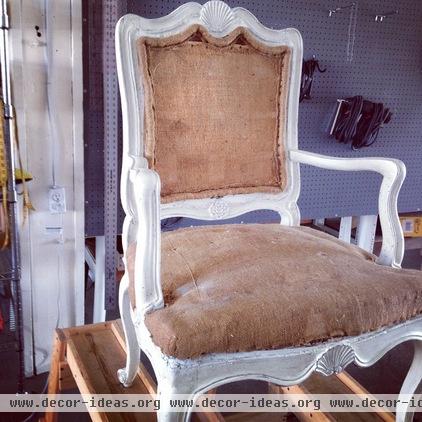
1. Frame repair. Until your upholsterer takes a peek under the covers, it's probably not obvious what needs to be glued, clamped and tightened up. Most upholsterers make small repairs as a courtesy, but it's a good idea to inquire about the cost of more significant frame repairs.
From teardown to final trim, a good upholsterer earns every cent he or she makes.
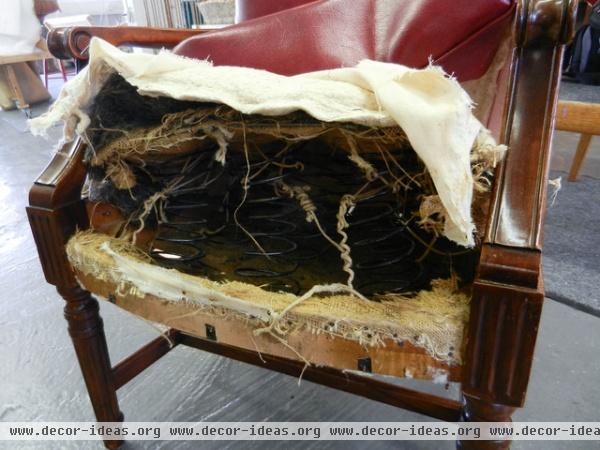
2. Spring tying or replacement. Your chair might have springs that have come unsprung or need replacing. Good upholsterers will automatically retie springs and replace bent springs before they get started. It's best to know up front if you'll be charged extra for spring repair.
A peek under the front of this chair seat reveals threadbare burlap and untied springs.
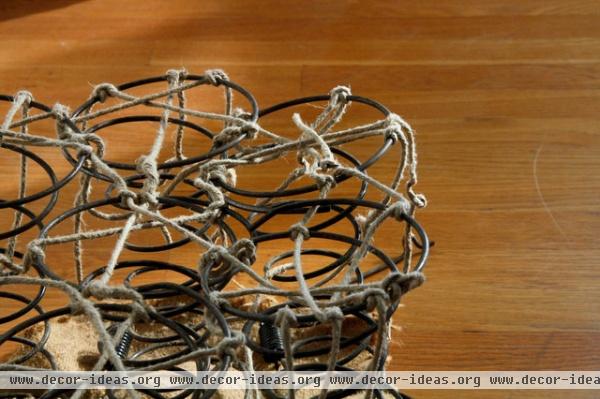
Springs come in a variety of shapes and sizes; they form the best foundation for chair seats.
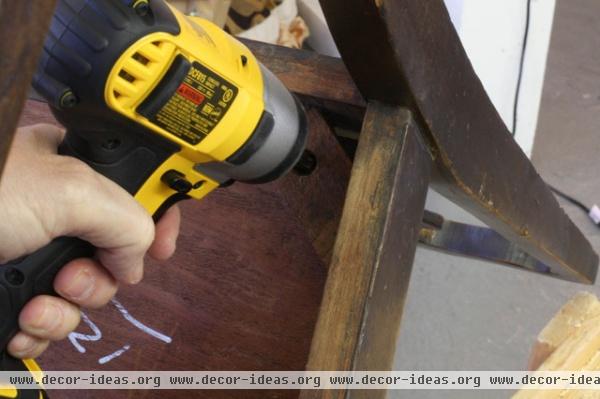
Some frame tightening and repair may be required before the upholstery work, too.
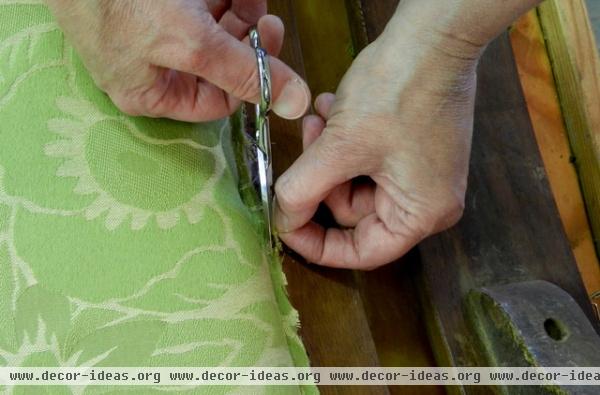
3. Fabric. Have a thorough discussion about your fabric. If your fabric will be shipped, ask your upholsterer to call when it arrives, so you can go over each of your fabric directives. Write everything down for your upholsterer to keep with any other notes.
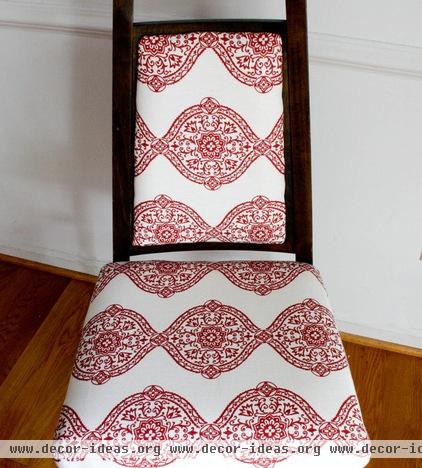
4. Pattern. Whether you want a fully upholstered chair or a simple dining chair, the fabric pattern needs to match up when you look at the finished piece from the front. Be clear if you want a specific fabric motif on the back, too. If you’re mixing fabrics, draw a picture to show where each part of the fabric pattern should go.
If your pattern is misaligned, it will drive you crazy. Vertical or horizontal, just make sure the designs line up.
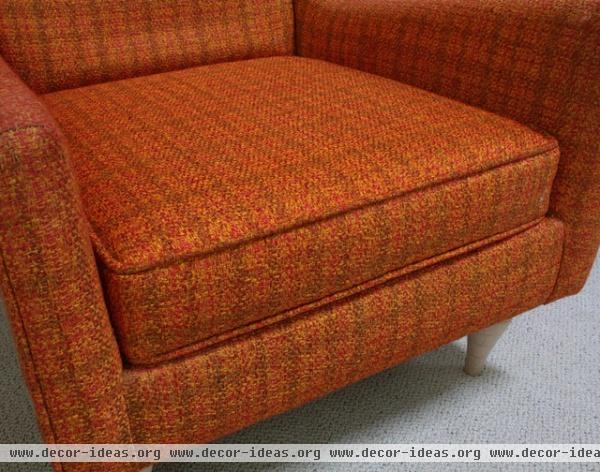
5. Cushions. Specifically state whether you want all-new foam, a Dacron- or down-wrapped cushion, or a complete down-filled cushion insert. Specify the desired foam thickness and keep in mind that the standard height for seats is 18 to 20 inches from the ground.
Discuss the foam density you need. Seats should be a higher density than the back cushions. And ask for a breakdown of the cushion costs; this is a cost that often gets lost in the total project, but it can really add to the bottom line. Discuss what your upholsterer’s policy will be if you aren’t happy with how the cushions feel when you get your furniture back.
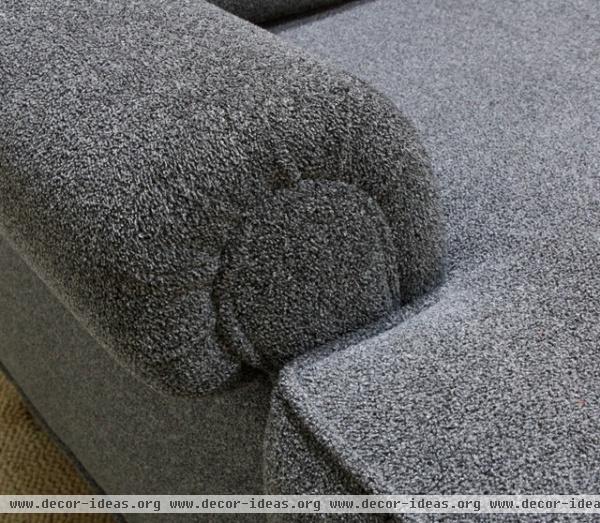
6. Style. There is more than one way to finish the front arm panels on chairs, love seats and sofas. Explain how you want the arm panels to look; bring photos or sketches so you understand each other. Don't leave it up to your upholsterer to choose the style for the arm fronts.
7. Skirts. If your sofa has a traditional fabric skirt around the bottom and you’re ready to see more of the legs, specify no skirt. The bottom edge may now need some cording, so you should specify that. The legs will also need to look good now that the skirt’s been removed. Find out if you’ll be charged for the work on the wood, but removing the skirt should bring your total cost down since skirts usually coat a bit more. If you want a skirt to be added to an unskirted piece, expect to pay more; be sure to discuss the skirt style (yes, there are different styles of skirts) and the height at which you want it to be attached. Also specify if the furniture will sit on a carpet or a hardwood floor, and how high you want the bottom of the skirt to be off the floor.
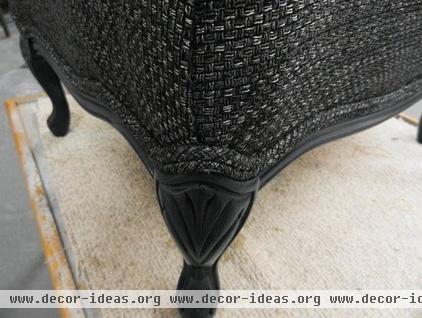
8. Cording. Do you want fabric-covered welt cording around certain areas of your furniture? Let your upholsterer know where you want it. If you have a piece that has fabric stapled or tacked right up against exposed wood, you’ll probably want a fabric-covered double welt cord made and attached instead of using premade braid trim. If you want cording, you’ll need to provide more fabric. Ask your upholsterer how much more you'll need.
9. Sides and backs. Chair, love seat and sofa sides and backs should have fabric and padding underneath the outside fabric panels. Before attaching the outside fabric panels, there should be a base fabric that closes the hollows of the frame, with cotton or Dacron batting attached. When those layers are omitted, the outside arms and back are hollow and look flat and unprofessional. You usually find this on inexpensive new furniture and on really poorly done reupholstered pieces.
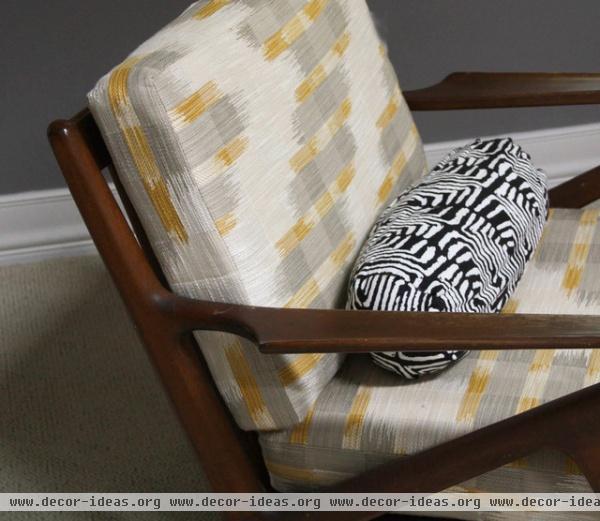
10. Detailed instructions. Finally, make sure there are photos, sketches, fabric swatches, written instructions and anything else you can think of so that you and your upholsterer have an understanding of how your piece will look when it's finished.
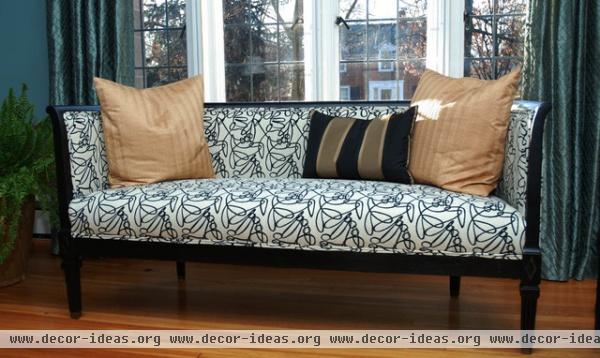
Good upholsterers will always do the job right, but if you’re looking for bargain prices, you may be surprised by the shortcuts you'll notice when you get your furniture back. It never hurts to specify exactly what you want. When a newly upholstered piece of furniture turns out right, everybody's happy.
More:
11 Distinctive Details for Upscale-Looking Upholstery
Search the Houzz pro listings for an upholsterer near you
Related Articles Recommended












